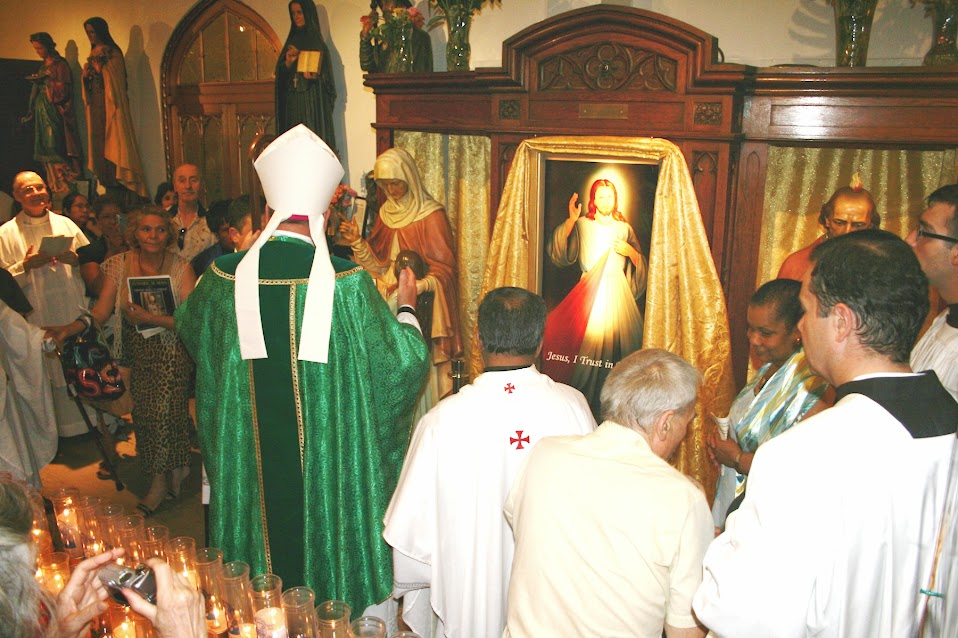For children all over Britain, 5 February 1953 was an important day.
Piggy-Banks were emptied and swarms of youngsters headed for their local High Street.
The Government had ended Sweet Rationing and the sugar rush was on.
It wasn't the first time that Sweets had come off Ration - the first attempt to de-Ration in 1949 had been derailed after four months, when demand outstripped supply.
Super Shrimps.
But, four years later, with promises from the Government that sugar stocks were sufficient to cope with any feeding frenzy at the Sweet Shop, confectionery was back on the shelves and dentists were back in business.
For years, Pocket Money was mis-spent at the Pick'n'Mix counter, where shop assistants filled paper bags, at our direction, with Penny Chews, Shrimps, Black Jacks and Fruit Salads (a farthing each or four for a penny), Liquorice Pipes and Sherbet Fountains, as we eked out Sixpence over as many Sweets as possible.
William Brown, Richmal Crompton's immortal
enfant terrible, better known as Just William, understood.
"In the matter of Sweets, William frankly upheld the superiority of quantity over quality," we are told in "William Goes To The Pictures", when, armed with a Shilling, he decides to spend half of it on Sweets.
"He wandered now to his favourite confectioner and stood outside the window for five minutes, torn between the rival attractions of Gooseberry Eyes and Marble Balls.
"Both were sold at four Ounces for 2d.
"William never purchased more expensive luxuries."
Gooseberry Eyes, it turned out, were the sort of Sweets, not unlike Sherbet Lemons, that grow sticky over time and collect fluff from the insides of Blazer pockets, where they eventually ended up paper bag-less.
I'm not convinced that Gooseberry Eyes existed - not in the way I know that Aniseed Balls, Cough Candy Twists, Pineapple Cubes and Chewing Nuts did.
A packet of Black Jacks.
Date: 26 June 2008.
Source: Own work.
(Wikimedia Commons)
And what about the white Candy Sticks, with red tips, that used to be sold in packs of ten as Sweet Cigarettes, and "smoked" by kids copying their parents?
Or Sherbet Crystals, that you dipped your wet finger into and sucked like a Lollipop?
Or Gobstoppers, so huge they made your mouth bulge like a hamster?
Etched forever on my memory they might be, but, for a time, it seems these very important symbols of my childhood had disappeared, along with Ounces and Pennies in £.s.d. form.
Flying Saucers.
But now they are back - Jarred Sweets, that is, not Ounces or pre-decimal currency - and young and old, alike, are preparing to ruin their teeth in an orgy of sucking and chewing, that brings back memories, for some, and creates them, for others.
Old-fashioned Sweets like Clove Balls, Bulls' Eyes, Humbugs, Acid Drops and Lemon Bon-Bons have acquired a certain trendy kudos, and there are any number of sites, on the Web, where you can buy "Retro" Sweets.
But that's not as good as nipping into your local Sweet Shop, and buying a little of what you fancy off the shelves.
Shops, like Pothecary's, in Fisherton Street, as well as some Newsagents and Village Stores, keep a small selection of Jarred Sweets behind the Counter, but for a Sweetie Emporium, you will have to travel to Tisbury, Porton or Ringwood.
ABC Letters.
Go into Jenny and Greg's "Chocolate Box", in Ringwood, or "Sweets Galore", in Tisbury, and it's like stepping back in time.
Sue Bracken has just opened "Sweets Galore", her second Shop, in Tisbury's High Street. Her first is in a Shopping Centre in Swindon.
"But I didn't want a Shopping Centre, again, and I picked a Village because Village-life is old-fashioned," says Sue, whose sister lives in Tisbury.
"You see lots of Sweet Shops, up North, but not many in the South."
Fizzers.
She opted for Sweets with a nostalgic twist, because, she points out, "you can get Mars Bars anywhere in the Country".
In "My Favourite Things", attached to the Pet and Aquatic Centre, in Porton, there are ranks of Jarred Sweets at the entrance to the Shop.
The Shop has recently re-opened, after the last owner tried, unsuccessfully, to re-position what was an old-fashioned Sweet Shop.
Fizzy Sherbet Twists.
One of the directors, Gareth Allen, said: "People wanted old-fashioned Sweets - that's what they were asking for."
So, modern confectionery was swept aside and Jars of Coconut Mushrooms, Tom Thumb Drops, Liquorice Comfits, Jelly Babies, restored to the shelves.
When it comes to getting your "five a day", I doubt if the Government had Rhubarb and Custard, Pear Drops, Sherbet Lemons, Strawberry Bon-Bons and Fruit Salads in mind, but memories are made of this.













